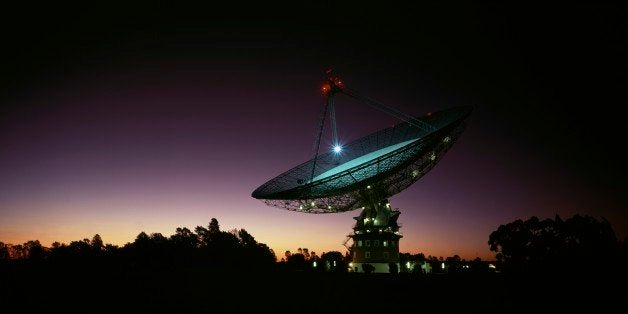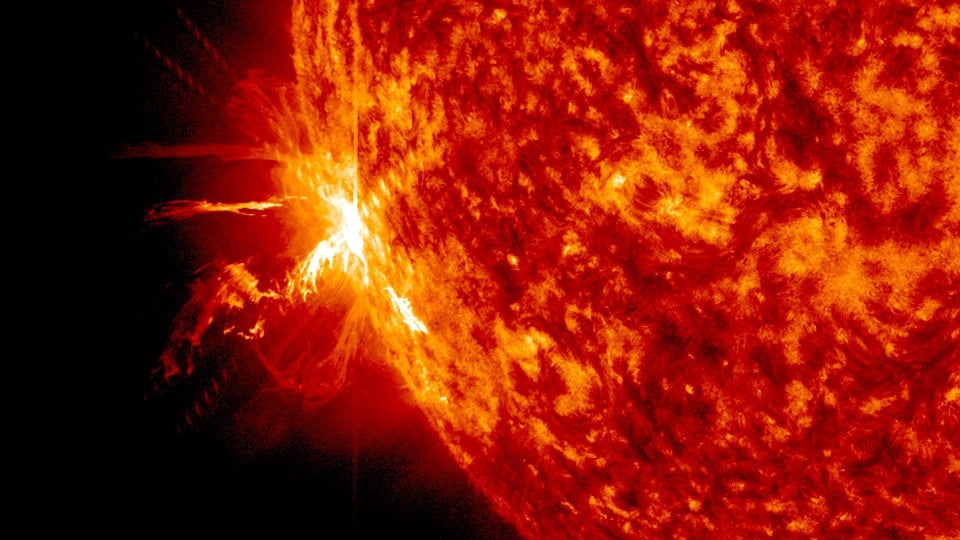
What are those things?
For the past eight years, astronomers have been scratching their heads over a series of strange radio signals emanating from somewhere in the cosmos. And now, the mystery has deepened.
A new study shows that the so-called "fast radio bursts" follow a weirdly specific pattern -- a finding that the researchers behind the study say "is very hard to explain."
"There is something really interesting we need to understand," study co-author Michael Hippke, a scientist at the Institute for Data Analysis in Neukirchen-Vluyn, Germany, told New Scientist. "This will either be new physics, like a new kind of pulsar, or, in the end, if we can exclude everything else, an E.T."
Alien signals, really? That might sound far out, but a leading scientist in the search for extraterrestrial intelligence (SETI) says we shouldn't rule out that possibility.
"These fast radio bursts could conceivably be 'wake up calls' from other societies, trying to prompt a response from any intelligent life that's outfitted with radio technology," Dr. Seth Shostak, senior astronomer and director of the Center for SETI Research who was not involved in the study, told The Huffington Post in an email. "On the other hand, they could also be perfectly natural, astrophysical phenomena."
For the research, which was described in a March 30 post on the online research database arXiv, Hippke and his colleagues analyzed 11 bursts detected since 2007, the latest of which was captured by the Parkes radio telescope (above) in May 2014.
The scientists looked at a specific feature called the "dispersion measure" -- which represents the time differential between the detection of a burst's high frequencies and its low frequencies. (Low frequencies travel more slowly through space dust, and thus take longer than high frequencies to reach Earth.)
To their surprise, they found that the dispersion measure of every pulse was a multiple of the number 187.5.
Such an even spacing "is likely not produced by something like a supernova explosion," Hippke told HuffPost Science in an email. "All frequencies leave the nova at the same time, and the DM [dispersion measure] is created by dust crossing. As the amount of dust varies, the DM would seem random."
Hippke said the pulses probably are generated by some as-yet-unidentified source here on Earth that emits short-frequency radio waves followed by high-frequency ones -- perhaps something as simple as a cell phone base station. If that's not the explanation, it's possible they come from a new, unknown kind of cosmic object in deep space.
Or those aliens.
Whatever the signals are, stay tuned!
